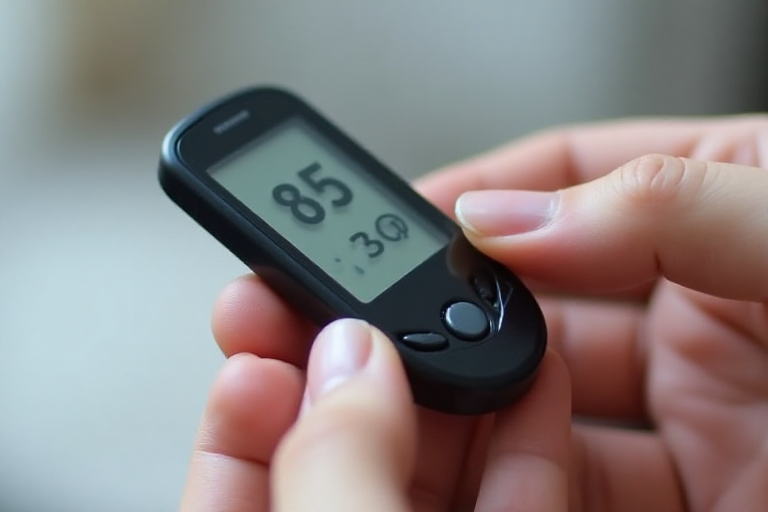
Maintaining optimal blood sugar levels is crucial for overall health, especially for individuals managing diabetes or prediabetes. Blood sugar, or glucose, is the primary source of energy for the body’s cells. However, when glucose levels are too high or too low, it can lead to serious health complications. This article delves into the importance of blood sugar health and explores how glucose monitoring devices can help individuals maintain balanced glucose levels.
Blood sugar levels are influenced by various factors, including diet, physical activity, stress, and medication. For people with diabetes, the body either doesn’t produce enough insulin (Type 1 diabetes) or doesn’t use insulin effectively (Type 2 diabetes). Insulin is a hormone that helps glucose enter cells to be used for energy. Without proper insulin function, glucose builds up in the bloodstream, leading to high blood sugar levels, or hyperglycemia.
Hyperglycemia can cause symptoms such as increased thirst, frequent urination, fatigue, and blurred vision. If left untreated, it can lead to more severe complications like heart disease, kidney damage, and nerve damage. On the other hand, low blood sugar, or hypoglycemia, can cause symptoms like shakiness, sweating, confusion, and in severe cases, loss of consciousness. Both conditions require careful monitoring and management.
This is where glucose monitoring devices come into play. These devices are essential tools for individuals with diabetes to track their blood sugar levels regularly. There are several types of glucose monitoring devices available, each with its own set of features and benefits.
Traditional blood glucose meters require a small blood sample, usually obtained by pricking the finger with a lancet. The blood is then placed on a test strip, which is inserted into the meter. The device provides a reading of the blood sugar level within seconds. These meters are widely used due to their accuracy and affordability.
Continuous glucose monitors (CGMs) are another popular option. CGMs use a small sensor inserted under the skin to measure glucose levels in the interstitial fluid. The sensor sends real-time data to a receiver or smartphone app, allowing users to monitor their glucose levels continuously throughout the day and night. This is particularly beneficial for individuals who experience frequent fluctuations in blood sugar levels.
Flash glucose monitors are similar to CGMs but require the user to scan the sensor with a reader or smartphone to obtain glucose readings. These devices offer a convenient and less invasive way to monitor blood sugar levels without the need for frequent finger pricks.
In addition to these devices, there are also non-invasive glucose monitoring technologies in development. These include wearable devices that use optical sensors to measure glucose levels through the skin, eliminating the need for blood samples altogether. While these technologies are still in the early stages, they hold promise for the future of diabetes management.
Regular monitoring of blood sugar levels is essential for effective diabetes management. It allows individuals to make informed decisions about their diet, exercise, and medication. By keeping blood sugar levels within the target range, individuals can reduce the risk of complications and improve their overall quality of life.
In conclusion, maintaining healthy blood sugar levels is vital for individuals with diabetes or prediabetes. Glucose monitoring devices play a crucial role in helping individuals track their blood sugar levels and make necessary adjustments to their lifestyle and treatment plan. With advancements in technology, these devices are becoming more accurate, convenient, and user-friendly, making it easier than ever to manage blood sugar health.